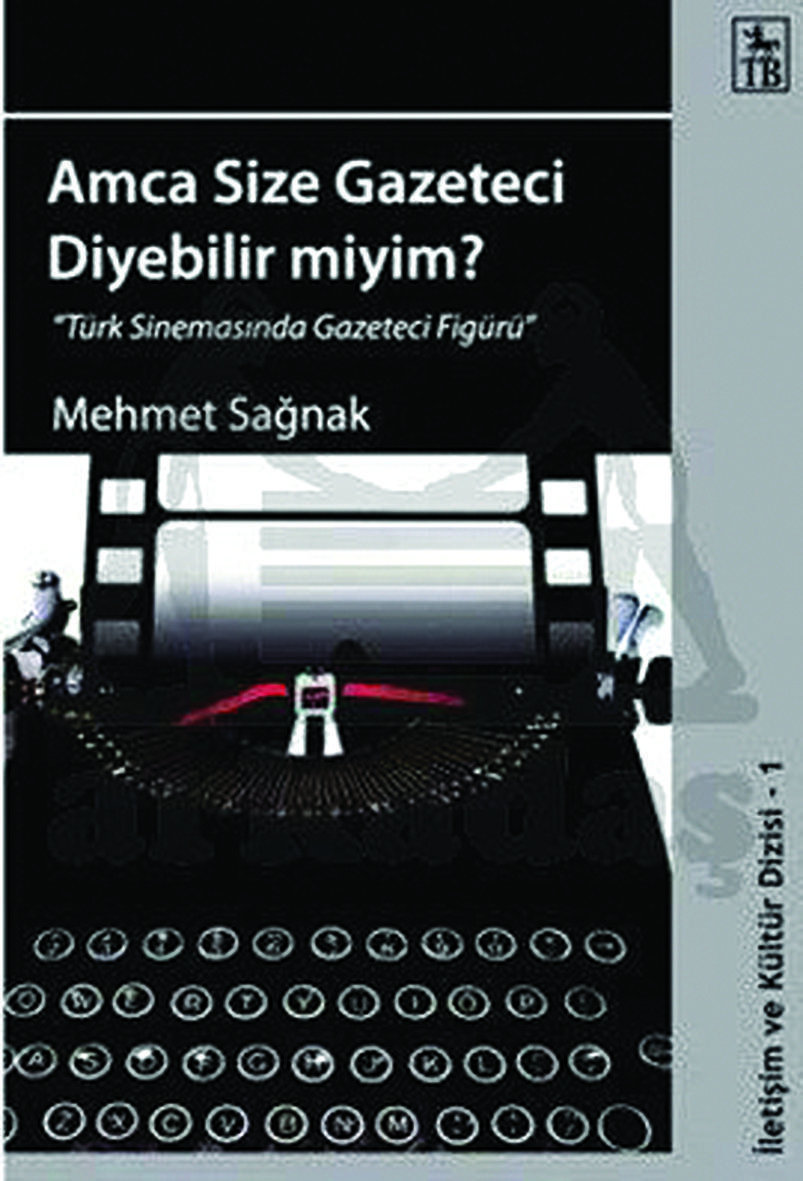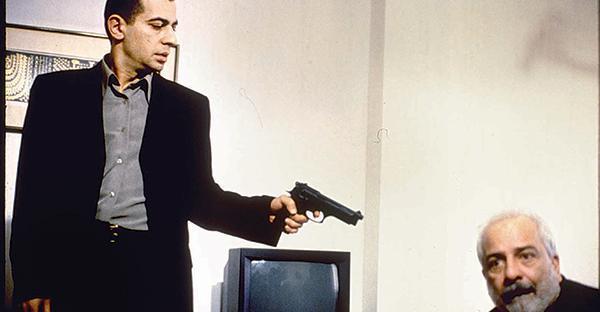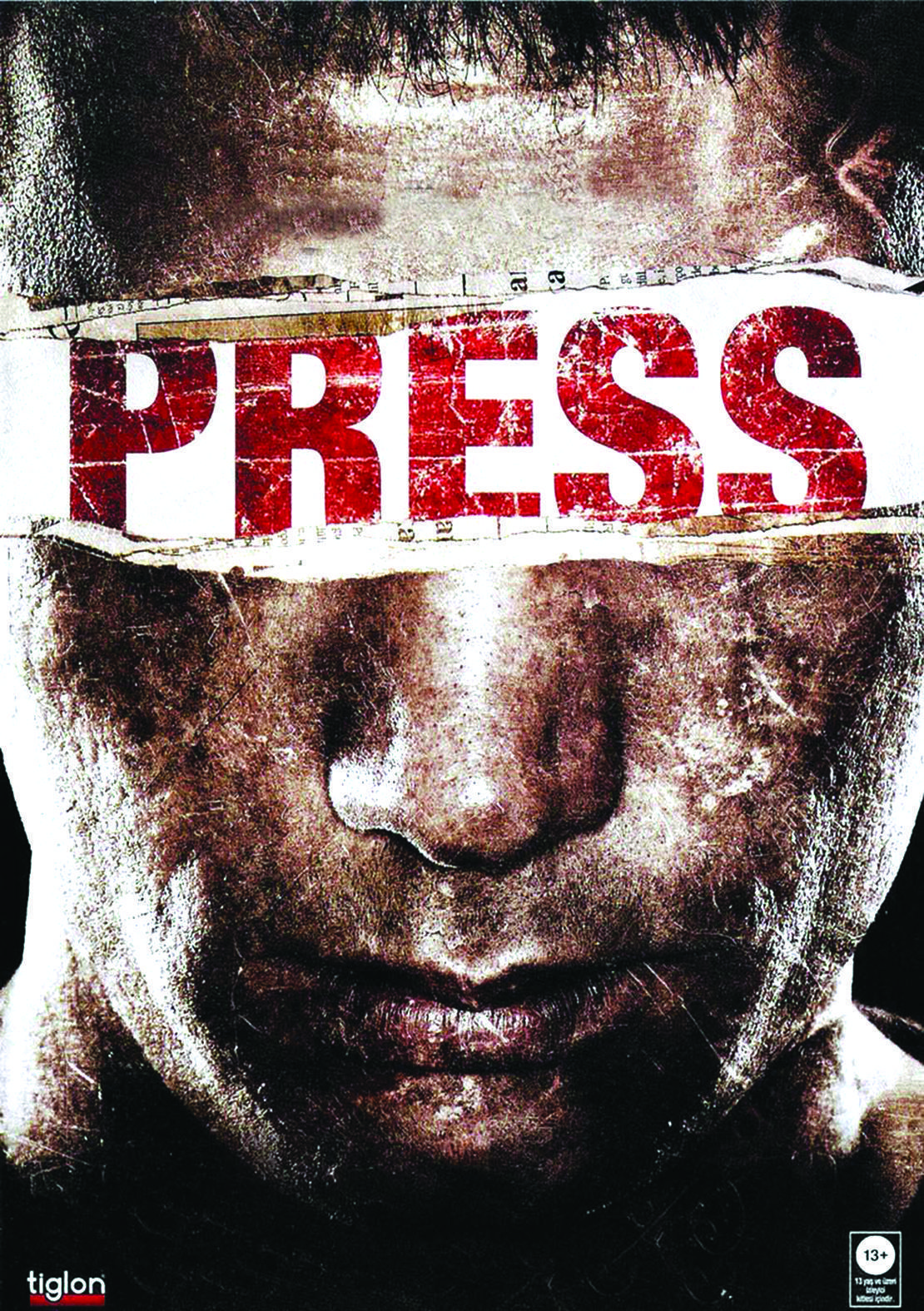Working journalists in Turkish cinema
Emrah Güler - ANKARA
 Jan. 10 is celebrated annually as Working Journalists’ Day, which commemorates the passing of a law 55 years ago protecting the rights of journalists. However, press organizations, journalists and activists recently shared their concerns and fears over threats against media freedoms in a press conference, adding that Working Journalists’ Day will not be celebrated this year.
Jan. 10 is celebrated annually as Working Journalists’ Day, which commemorates the passing of a law 55 years ago protecting the rights of journalists. However, press organizations, journalists and activists recently shared their concerns and fears over threats against media freedoms in a press conference, adding that Working Journalists’ Day will not be celebrated this year. In a sad coincidence, last weekend also marked the 20th anniversary of photojournalist Metin Göktepe’s brutal murder under police custody. Turkish cinema has been remarkably prolific in portraying the stories of real and fictional journalists. Here is a look at how journalists have fared in Turkish cinema and how media freedoms, journalists’ murders and the bleakest period for journalists in Turkish history have been represented on screen.
 The anthology of academic and seasoned journalist Mehmet Sağnak, named appropriately “Amca Size Gazeteci Diyebilir miyim?” (Uncle, Can I Call You Journalist, a send-up to a recurring line in 1970s’ Turkish films), is a comprehensive guide to the portrayal of journalists in Turkish cinema. Sağnak has included close to 300 features, spanning a period between 1933 and 2009.
The anthology of academic and seasoned journalist Mehmet Sağnak, named appropriately “Amca Size Gazeteci Diyebilir miyim?” (Uncle, Can I Call You Journalist, a send-up to a recurring line in 1970s’ Turkish films), is a comprehensive guide to the portrayal of journalists in Turkish cinema. Sağnak has included close to 300 features, spanning a period between 1933 and 2009.This thorough research not only includes journalist characters in cinema but how journalists, as well as media outlets, have contributed to Turkish cinema throughout the decades. You can also find the technological evolution of journalism as seen on screen, from typewriters to computers, from notepads to recorders, and from phone booths to mobile phones.
Sağnak sites 1933’s “Cici Berber” (The Pretty Barber) as the first Turkish film to feature a journalist as its leading character. The film is directed by Muhsin Ertuğrul, a director between 1923 and 1939 who single-handedly introduced cinema to masses in Turkey. The little-known fact is that the writer of the film, Mümtaz Osman, is actually the pseudonym of Nazım Hikmet, the famous writer and poet.

When journalists become fallen angels
Sağnak’s research concludes that journalists in Turkish cinema are generally portrayed under a positive light, fighting for justice and equality. In 1990s, the owners of media corporations enter the picture, the image of the ruthless media boss is juxtaposed against the honorable journalist where lay-offs, imprisonment, even assassination befall these characters.
 In director Nesli Çölgeçen’s “Oyunbozan” (Double-crosser), one of the leading characters, Kemal (Zeki Alasya), is a poet/columnist. In a famous line, he shares his despair in the face of unsolved murders of his fellow journalists: “Many of my friends and colleagues, whom I have shared a drink or two, have become the victims of rogue bullets or plastic bombs. They have become names on street signs. None of their murders were solved.”
In director Nesli Çölgeçen’s “Oyunbozan” (Double-crosser), one of the leading characters, Kemal (Zeki Alasya), is a poet/columnist. In a famous line, he shares his despair in the face of unsolved murders of his fellow journalists: “Many of my friends and colleagues, whom I have shared a drink or two, have become the victims of rogue bullets or plastic bombs. They have become names on street signs. None of their murders were solved.” In one of the earliest examples of civil disobedience and press in Turkish cinema, the titular character in 1979’s “Vatandaş Rıza” (Citizen Rıza) goes on a hunger strike in Istanbul’s Taksim Square. The media’s interest in the story of this wronged citizen piques, as put by the news editor to the encouragement of his chief: “If you are silent in the face of crime, then you become complicit in it. Then what would [become of] this country? How could we face our children?”
The most memorable (and heartbreaking) film to feature journalists in recent history is writer and director Sedat Yılmaz’s 2011debut, “Press.” The film follows a group of journalists in Diyarbakır during early 1990s when Turkey topped the list of countries with the greatest number of journalists killed. The newspaper at the center of the award-winning film is a real newspaper, Özgür Gündem.
The first issue of the newspaper was published on May 30, 1992. During its total run of 580 issues in less than two years, it was hit with a record number of 486 lawsuits. While “Press” is a feature film with a real newspaper as its focus, the characters are fictional journalists inspired by real journalists. Journalist Bayram Balcı, a correspondent for Özgür Gündem during it short-lived life, was the script consultant and the name behind the story. Sadly, not much seems to have changed for journalists in Turkey.
















